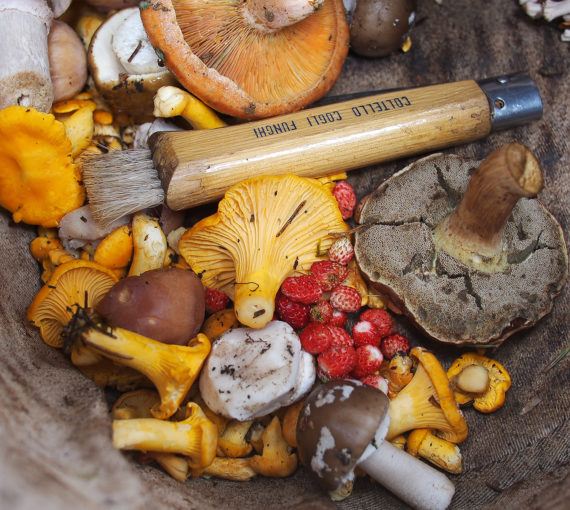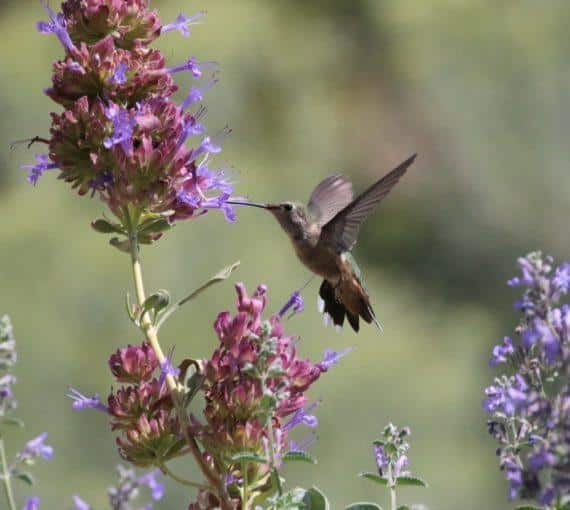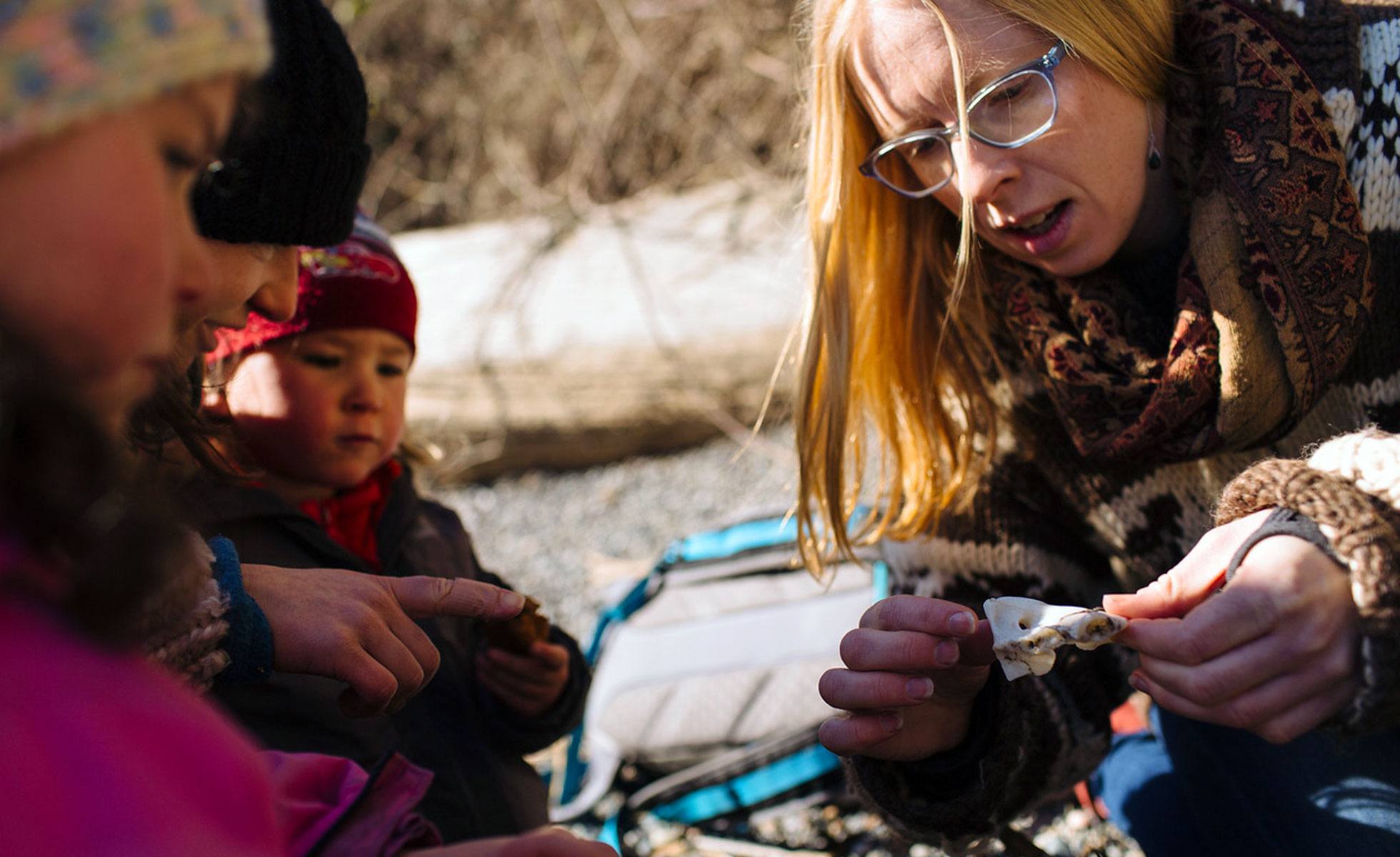
(Photo: Ryan Macdonald)
Kids who experience nature’s mystery and beauty will grow up caring about protecting it.
Being attentive to life helps us better understand and act on the understanding that we are all interconnected and embedded in and indebted to the Earth.
Most children are curious explorers, so you don’t need to do much to cultivate their nature connection — just take them outside (rain or shine) and get out of their way!
Ten ways to know nature
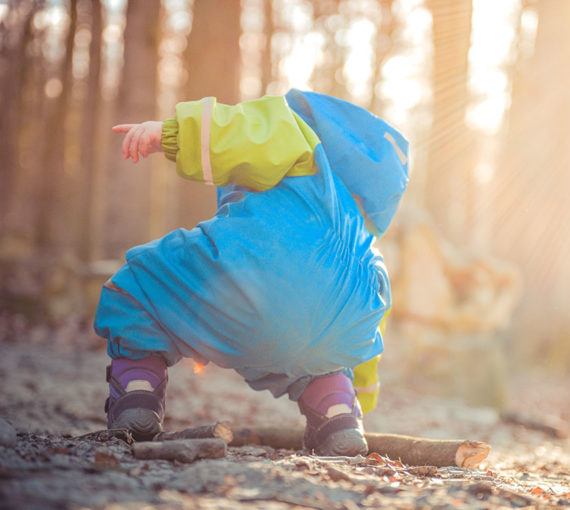
1. Roll over a log or rock
Find a salamander, centipede, millipede or beetle!

2. Watch for butterflies
Watch butterflies basking in the sun on gravel roads, atop a pile of dung or near a puddle. To get a closer look, approach from behind, don’t make sudden movements and avoid casting a shadow. Plant a butterfly garden and watch them come to you.
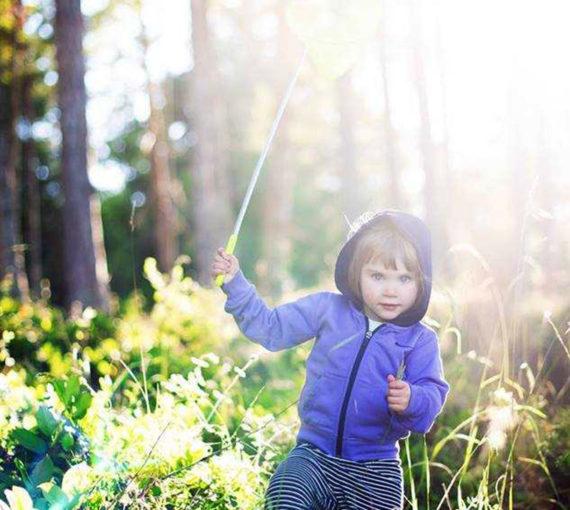
3. Catch and release a dragonfly
Dragonflies perch near wetlands or meadows and need to warm up in the sun.
Photo: Brendon Purdy

4. Find a sit spot
Find a place to sit quietly and return to again and again, use all your senses and watch natural wonders reveal themselves.

5. Star gaze
Star gaze. Light pollution is a side effect of cities glowing at night. Find a dark sky spot, stay up and look up! Watch for bats, too. (Don’t want to blow bedtime? Watch clouds in daylight.)
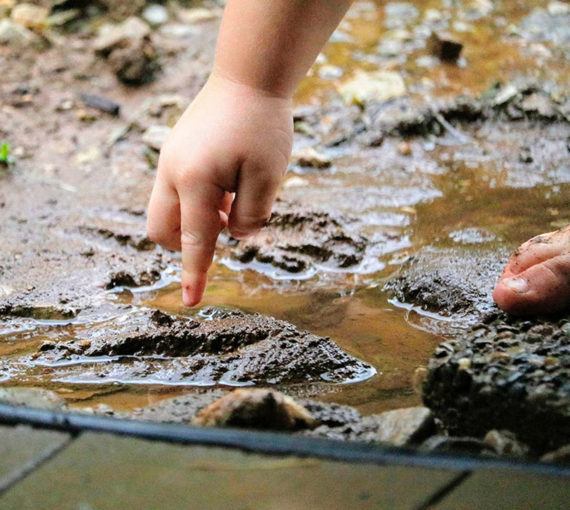
6. Make a mud pie
Digging in dirt can be a natural antidepressant. Mycobacterium vaccae, a microbe found in mud and wet soils, influences neurotransmitters that improve mood, reduce anxiety and facilitate learning.
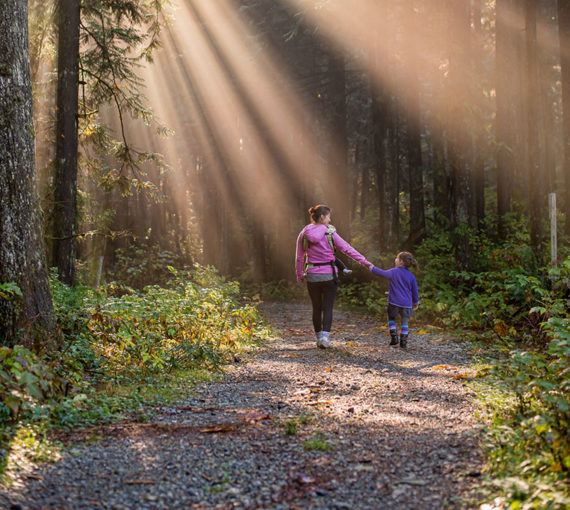
7. Take a walk in the woods
Go on a scavenger hunt or forage for wild berries. Shinrin yoku — Japanese for “forest bathing” — boosts immune function, reduces blood pressure and stress and improves mood. The scents of trees (breathing in phytoncides — antimicrobial volatile organic compounds), the sounds of moving water and the feel of sunshine are calming.

8. Learn to read animal signs
Look for tracks, scratch marks and poop (a.k.a “scat”). Moose scat looks like chocolate almonds, elk scat resembles chocolate kisses and deer scat looks like chocolate-covered raisins.

9. Start a nature journal
Draw or write your experiences.

10. Join a family nature club
Or, launch your own!
Useful tools for outdoor exploration
Bug holder
E.g. mason jar with air holes in the lid
Butterfly net
Magnifying glass
Dip net and pail
To explore tide pools, streams and ponds
Why do we need Vitamin “N” (for “nature”)?
Let’s stop treating time outdoors like it’s dessert, something only to indulge in once in a while.
Studies show time enjoying the natural world (even a view of nature out a window or a picture) can:
- Reduce obesity, stress and the incidence of clinical depression.
- Decrease blood sugar.
- Improve impulse control and boost immune function.
- Improve cognitive function, self-discipline and resilience under stress.
- Improve workplace performance and job satisfaction.
- Improve academic performance in children (boosts creativity, curiosity and concentration).
- Moderate the effect of stressful events in children.
- Make people more generous.
- Build a strong sense of community, mutual trust and a willingness to help others.
- Lower rates of aggression, including violent and property crimes.
- Combat loneliness.

Take the Suzuki Superhero Challenge
Whether you’re a teacher, parent or caregiver, you can encourage kids to spend time outside and teach them about environmental responsibility at the same time.
Start our four-week program that gets kids, families and classrooms of students to learn about environmental issues and make a superhero difference! Simply download our four, fun outdoor activities complete with step-by-step instructions.


